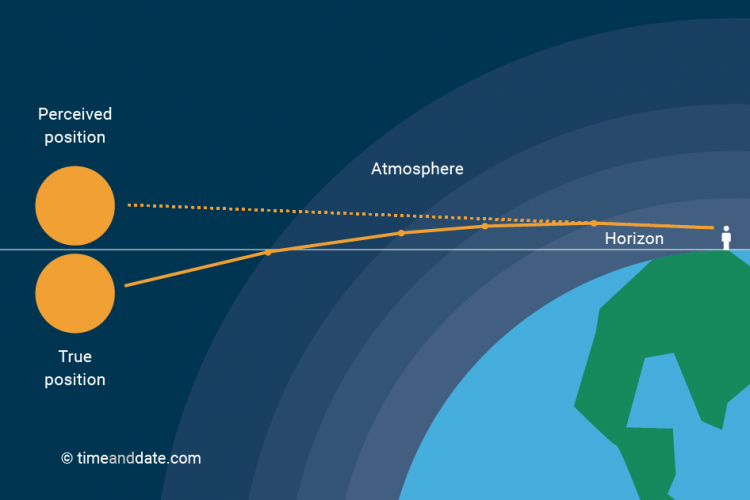Thursday,Feb. 6, 2020
Light snow possible late tonight
Snow chances have been few and far between this winter. We started with tad about an inch of grass-only snow in November and haven’t been able to match it since. However, we’ll see two chances over the next two days. Best chance for breaking past one inch will come Saturday morning.
A strong upper level trough is passing over today, but so far is having trouble with surface development. That problem should end tonight as a major surface storm will be developing/accelerating northeastward along and just east of the Appalachians tonight. Latest forecasts have the storm path a bit farther east than earlier models. That’s bad news for the Louisville area.
We were expected to be in the western edge of snowfall from this system. Now, it looks like we’ll be “really” on the edge. Far southeastern KY could get up to 6″ overnight. As you head northwest from there, snowfall will lessen. Bowling Green, Lexington and NE KY should be in the 2″-4″ range. E-town, Bardstown, Shelbyville, and Henry County will likely be in the 1″-2″ zone. West of that, snow will fall off quickly. SE Jefferson County could get up to .5″ while downtown will probably get a dusting. North of the Ohio River…little to nothing.
In the Louisville area, snow is likely to begin about 3-4 A.M. and probably be over around 7-8 A.M. Any accumulations will be on grassy areas. Roads should be wet, but icy conditions are likely on some bridges and overpasses.
As the upper trough moves eastward tomorrow, a (probably) weak Alberta Clipper will run southeastward along the backside of the trough. Models are projecting another area of light snow with the clipper and put us in its projected path. I’ll check back on that tomorrow.
Stuff
Together, Kobe Bryant and LeBron James played in every NBA Championship Finals from 2008 until 2018. But, they never played each other.



